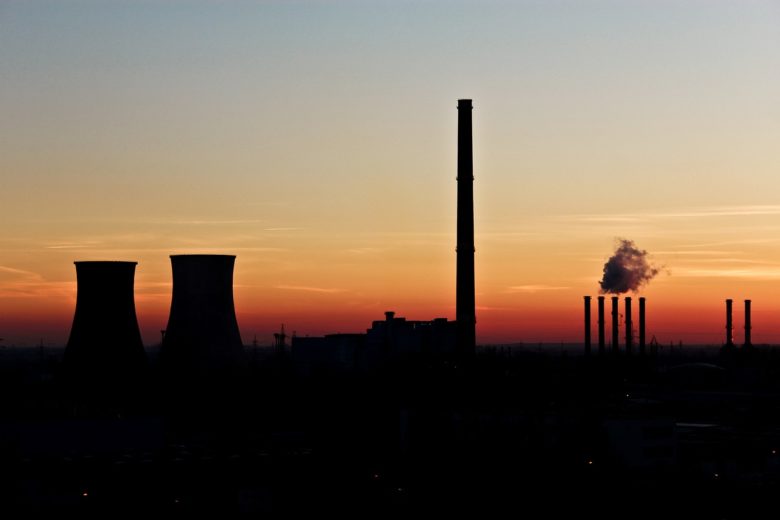
Columbus Day Reflections: History of Environmental Treatment in America
We are reader-supported. When you buy through links on our site, we may earn affiliate commission.
Let’s take a moment to consider the history of environmental impact in America. The arrival of Columbus is what gave America the chance to start the Industrial Revolution. This changed our country and our planet in unprecedented ways. Following a monumental hurricane season that brought the climate change discussion to the forefront again, we might want to take a moment to look back and reflect on the past.
Bringing Technology to the Country
When Columbus initially came to America, it was mostly unsettled. The Native American tribes co-existed with nature, for the most part, living in ways that altered the environment minimally. Once people started immigrating to the U.S. in larger numbers, things began to change. Cities were built, dams constructed, roads paved and invasive species introduced.
The larger waves of immigration came long after Columbus died, between 1880 and 1920, not including the African slaves that were brought here in untold numbers from the 17th to 19th centuries. Disease was rampant. There was no such thing as plumbing or waste disposal. Cholera, dysentery, typhoid fever, diphtheria and tuberculosis killed people by the thousands. We built things up and had nowhere to put the waste, no methods to contain infection and no one in the government who was working toward prevention.
At this time, most people thought the world was so big that there was nothing we could do to it. But we could, and we did. Poor farming techniques contributed to the Dust Bowl, and we’re starting to understand what we did to the oceans with overfishing.
America’s History of Change
If there’s one thing that never changes about America, it’s that the country never stays the same. The historical data we have shows us that the world has seen a sudden and significant uptick in carbon dioxide emissions since the end of the Industrial Revolution.
CO2 didn’t rise abruptly at first, but from 1880-1910, you can see the start of the trend. Meanwhile, the Industrial Revolution ended in 1840, which gave the world time to start accumulating CO2 from all of those new machines that became so popular. This huge boom in infrastructure came with some incredible advancements, but it was completely unregulated.
It took years for the U.S. government to try and catch up to the machines. One of the biggest wake-up calls came in 1969 when CO2 emissions were steadily climbing. It was also the year that the Cuyahoga River caught fire. That struck America in a way it hadn’t before. The population suddenly decided that the pollution they could see all around them was enough.
The result was a sudden slew of regulations to help protect the environment. Earth Day was born. Private companies, many of them non-profits, sprung up to help people get organized. In a few short years, things changed. The government stepped up in a big way. The National Environmental Policy Act allowed for the creation of the entire Environmental Protection Agency and later the Clean Water Act.
Environmental Education
The U.S. had been teaching environmental education since the late 1800’s, but it wasn’t until 1996 that the National Science Education Standards were developed. This has left us with a good way to look at things accepted as fact, but little methods for dealing with the politicization of facts. Climate change is a fact, but there is still debate around the amount of human activity influencing it. Some schools have flat-out decided not to teach it, leaving students behind in the race for solutions. Back in the 70s, the politicians didn’t take steps to protect the environment because they thought it was a good idea. They did it because the public demanded it.
There might not be an easy answer, but avoiding climate change entirely certainly isn’t it. We need to take steps to prepare for the future, not avoid it. Remembering the history of environmental impact in America, the mistakes we made and how we changed things, is the first step toward that goal.
Share on
Like what you read? Join other Environment.co readers!
Get the latest updates on our planet by subscribing to the Environment.co newsletter!
About the author
Jane Marsh
Starting from an early age, Jane Marsh loved all animals and became a budding environmentalist. Now, Jane works as the Editor-in-Chief of Environment.co where she covers topics related to climate policy, renewable energy, the food industry, and more.





